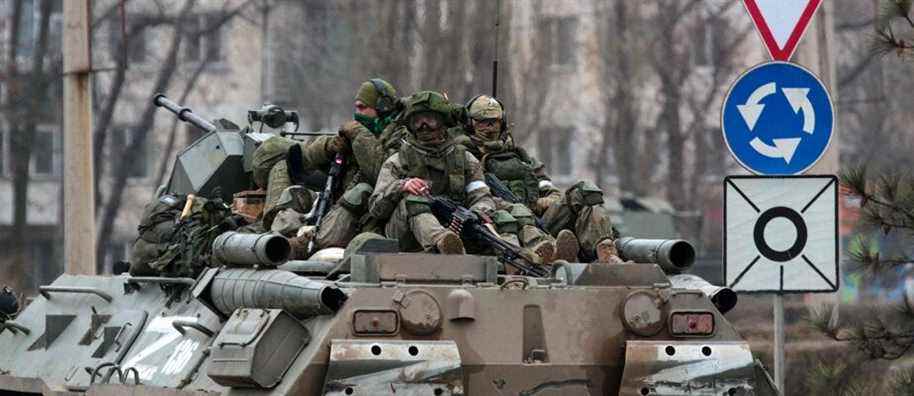On November 11, 1918, Marshal Foch launched this prescient formula: “It’s not peace, it’s a twenty-year armistice. The Second World War will break out 20 years later.
Posted at 11:00 a.m.
These two conflicts are one: the link between the “failed peace” of Versailles and the rise of Hitlerism is widely accepted. The armistice of June 22, 1940 between Germany and France will be signed in the same car as that which had been used, for the same exercise but reversed, in 1918.
This crossover of intergenerational humiliations was a repetition: on January 18, 1871 – following the Franco-German war of 1870, which notably saw the annexation of Alsace-Lorraine to the Empire –, Bismarck proclaimed the German Empire in the Hall of Mirrors at the Palace of Versailles. This is a supreme snub for France; it will take revenge for this affront during the Treaty of Versailles (while it takes over, among other things, the territories ceded), signed in the same place, on June 28, 1919.
However, the Cold War, opposing the great victorious American and Soviet blocks, proved to be the most important geopolitical legacy of these two conflicts, and of the Second World War in particular. This confrontation between the United States and Russia (predicted by Alexis de Tocqueville), which marked four decades, thus finds part of its genesis in the Franco-German conflict. The consecrated formula “third world war” indeed makes reference to the first two: it is the same paradigm, and not an unprecedented confrontation, as the “War on Terror” could have been, although it was acted from an equally globalized theatre.
It was believed to be closed in 1989, when the Berlin Wall fell, but especially in 1991, when the Soviet Union dissolved, this dark chapter of the 20and century whose prodromes were sown from the XIXand. Here we are brutally plunged back into it, with this awakening of the “Bear” and of NATO, which has never lowered its guard. That said, this specific conflict was brewing well before February 24; the investigation opened by the International Criminal Court covers until 2014, with the annexation of Crimea and the separatist unrest which notably led to the tragedy of flight MH17.
Today, “East” and “West” are threatening each other in barely covered words with atomic strikes, as if Khrushchev and Kennedy were still in power.
If 1962 has so much hold over 2022, it’s because the 19and century is not so far away. It was at Versailles, on January 18, 1871, that Bismarck launched his famous “Without Iéna, no Sedan”, an allusion to the Napoleonic triumph that he had just avenged. It was in this Hall of Mirrors, at this precise moment, that two centuries were reflected, the 19and and the XXand. Linking this thread of events to the French and American Revolutions, to the Seven Years’ War, then further upstream, to the excesses of the Ancien Régime – precisely embodied by the delusion of grandeur at Versailles – would however be chimerical.
But if there is a tangible destabilizing event between Jena (1806) and Sedan (1870), it is the Crimean War (1853) and the Treaty of Paris (1856) which put an end to it, by consecrating, among other things, the defeat of Russia. The Franco-Prussian War of 1870 would probably not have taken place without the fundamental realignment of alliances that ensued.
The Crimean War is the first so-called “modern” conflict which brutally upset the world balance, this “Metternich system” resulting from the Congress of Vienna (1815).
This rupture partly led, by domino effect, to the XXand century as we have known it, to the confrontation of these “two Hercules in the Cradle”, Russia and America, glimpsed by Napoleon in 1820. And it is this same Crimea which today finds itself at the epicenter of a resumption (at least) of the Cold War, like a sinister evocation of Ouroboros. This murderous century has obviously not said its last word.

